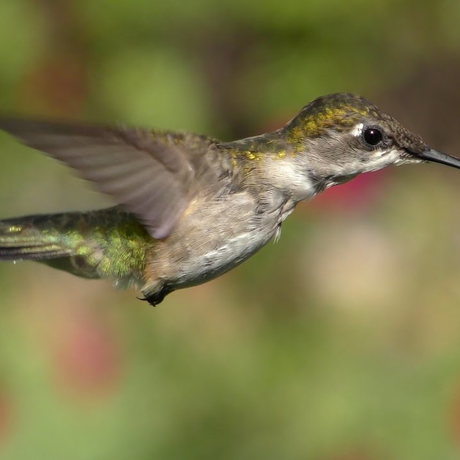Learn the benefit of using videos in the classroom, and browse resources to help you get started.
Grade level: 6-13+
Length: 5 minutes
Next Generation Science Standards: MS-PS2.A, MS-PS3.C, Structure and Function
Summary
A bumblebee’s survival depends on its ability to fly with efficiency and purpose through an obstacle course strewn with wind-blown moving targets. So you might assume that bees are precision aerialists. But if you watch them closely, you'll see that bees are constantly bumping into things—and somehow they’re able to soldier on, unfazed. Now, scientists Stacey Combes and Andrew Mountcastle are using high-speed video to pull back the veil on bumblebee flight dynamics and wing structure. By viewing these collisions with specialized cameras, the team has discovered a hidden design feature that allows clumsy bees to thrive, despite the bumpy ride.
Video Discussion Questions
- Why might we want to better understand how bees get around and what affects their flight?
- How do scientists use high-speed video to study bee flight dynamics?
- What are the physical properties of a bumblebee wing, and how do these properties serve bees in flight?
- How might we use our understanding of the physical properties of bee wings for applications in robotics?




